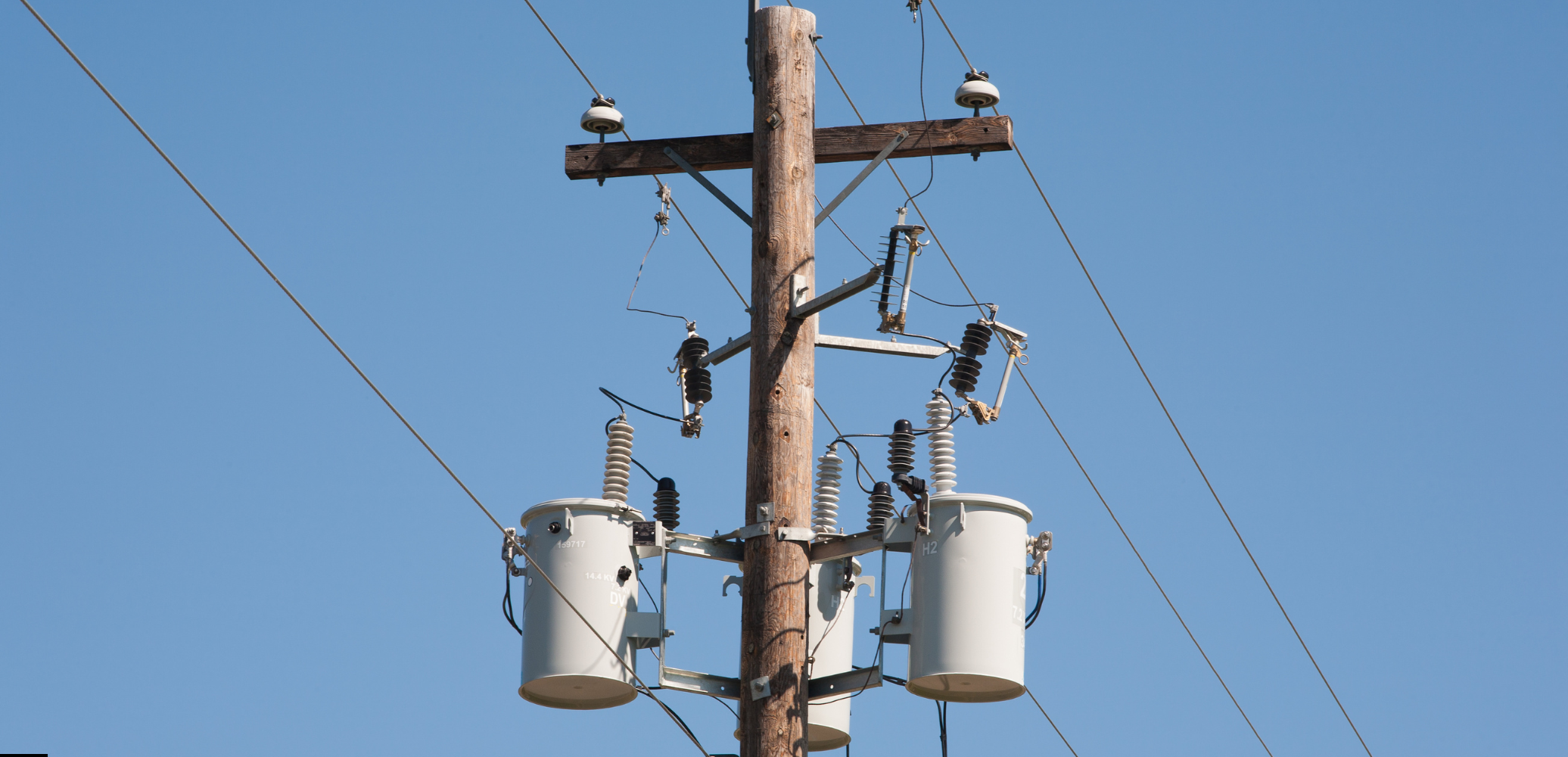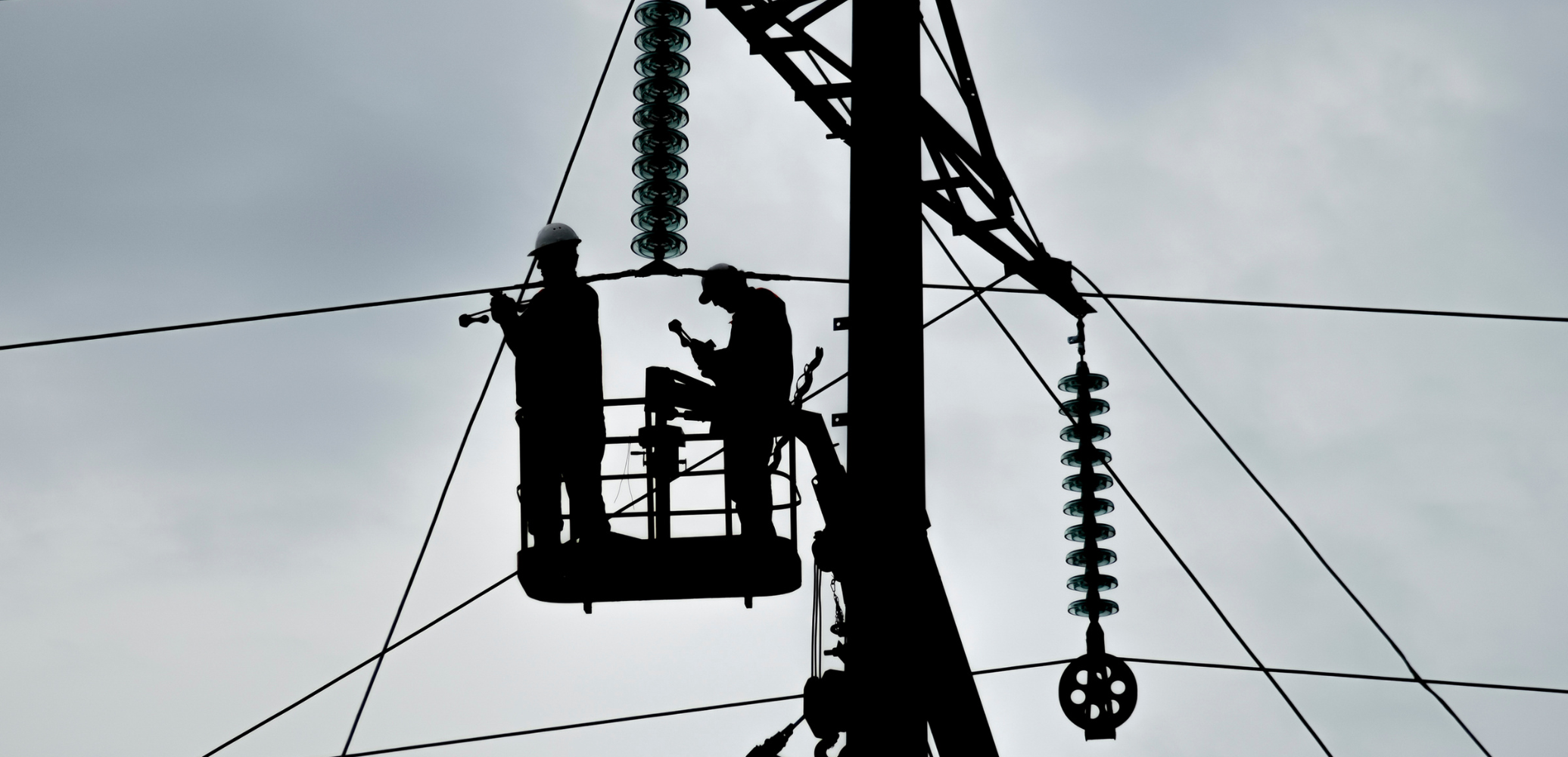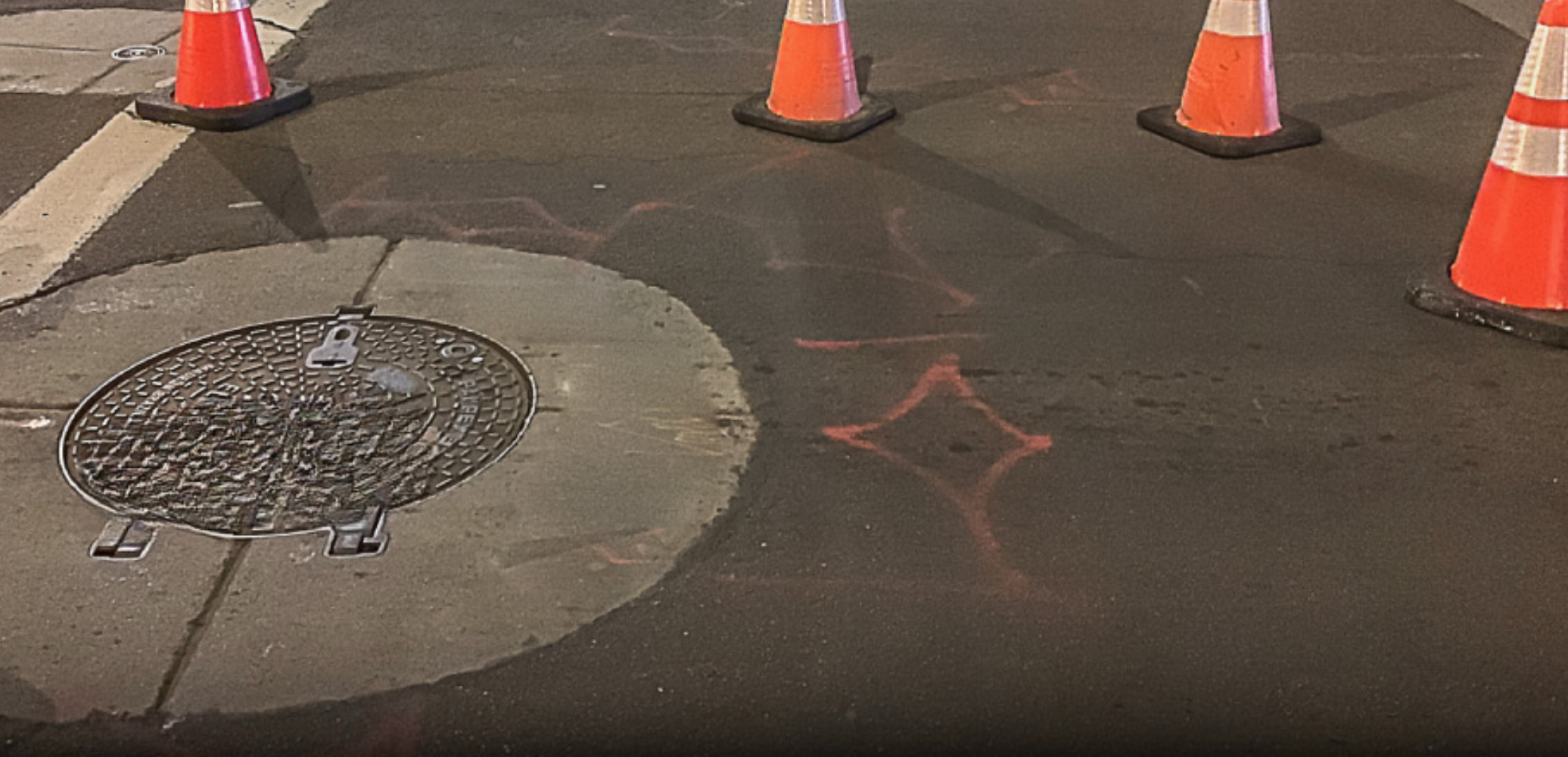%20Blog%203%20-%20Distribution%20System%20Design.avif)
As electric utilities face increasing demands—from aging infrastructure to electrification and renewable integration—designing distribution systems for long-term performance has never been more critical. It’s not just about meeting today’s load requirements. It’s about engineering solutions that stand the test of time, reduce maintenance cycles, and support future grid needs.
At Integrity, we approach every distribution design with a focus on durability, flexibility, and field viability. Here are the key best practices utilities should prioritize to build smarter, longer-lasting distribution systems.
1. Start with Accurate, Field-Verified Data
Longevity begins with a clear picture of what’s already in the ground. Inaccurate as-builts or missing GIS records can derail even the best design. That’s why we begin with:
- Field verifications and walkdowns
- GIS-based asset mapping
- As-built reconciliation with redlines
By validating existing conditions upfront, utilities reduce change orders, avoid constructibility issues, and extend the lifespan of both new and existing infrastructure.
2. Prioritize Constructibility from the Start
A well-designed system is one that can actually be built—safely and efficiently. Incorporating constructibility reviews early in the design phase helps identify clearance issues, installation constraints, and material lead time conflicts that could otherwise delay projects or require costly redesigns.
We integrate constructibility feedback from seasoned field personnel and ensure design packages reflect real-world conditions, not just theoretical specs.
3. Design with System Flexibility in Mind
Grid conditions evolve. Whether it’s increased DER penetration, electric vehicle charging, or urban development, distribution systems must be built with adaptability in mind. That means:
- Planning for voltage regulation and load balancing
- Using modular design principles for future scalability
- Leaving space for automation and communication upgrades
Designs that allow for future capacity and technology add-ons are more resilient and cost-effective in the long run.
4. Use Durable Materials and Proven Standards
Material selection plays a critical role in asset longevity. We follow utility-specific standards while recommending materials with a proven track record in the utility’s environment—whether it’s extreme heat, wildlife interference, or corrosion risk.
Additionally, standardized design elements streamline maintenance and replacement, supporting system consistency and reducing training burdens for field crews.
5. Incorporate Advanced Analysis and Simulation
Load studies, voltage drop analysis, and feeder modeling help ensure your system performs as designed—today and tomorrow. We leverage tools like CYME and PLS-CADD to simulate real-world stressors and identify weak points before construction begins.
These models also support system hardening initiatives and wildfire mitigation strategies, aligning with regulatory and safety priorities.
6. Ensure QA/QC at Every Stage
From preliminary design to final submission, quality assurance and quality control are essential. At Integrity, our QA/QC process includes:
- Multi-tiered design reviews
- Redlines and feedback tracking
- PE stamping for compliance and safety
- Checklists tied to utility-specific standards
This structured approach ensures consistency and significantly reduces the risk of post-construction corrections or failures.
Designing for the Long Haul
The most successful distribution designs aren’t the fastest or cheapest—they’re the ones that keep the lights on reliably, year after year. By emphasizing accurate data, practical buildability, flexible planning, and rigorous QA/QC, utilities can invest in systems that are efficient today and resilient tomorrow.
Need Distribution Design Support?
Integrity delivers end-to-end distribution engineering services backed by utility-specific knowledge, advanced modeling, and field expertise. From road widening and reconductoring to new residential developments and automation integration, our team is ready to design systems that last.
📩 Connect with us at hello@integritypsc.com or explore integritypsc.com to learn more.





